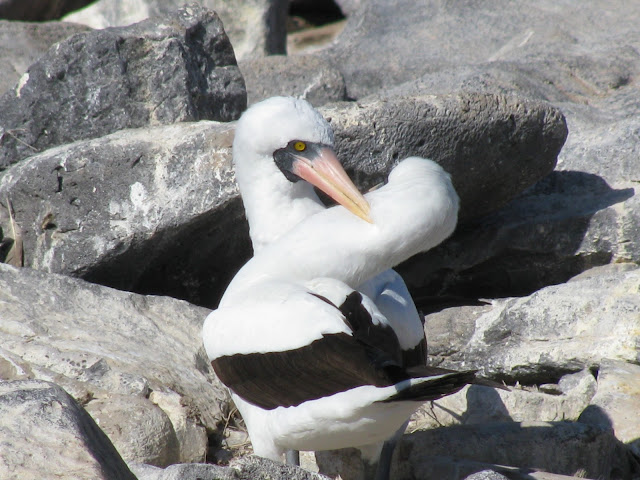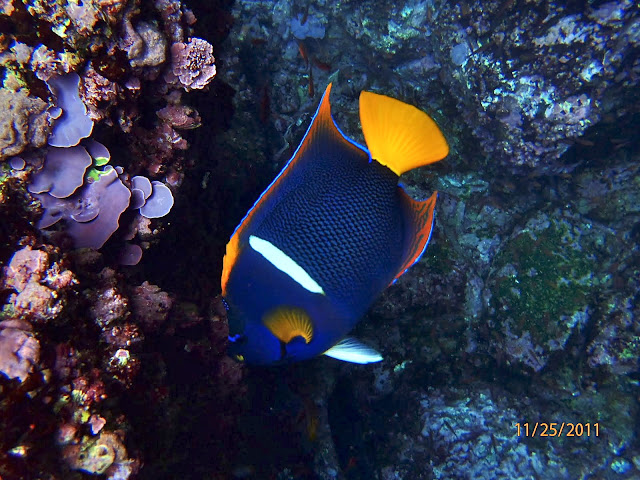
We decide to guild the lily after the Galapagos and catch a flight from Quito to Cuenca. We stay at the Hotel Santa Lucia housed in a wonderfully restored mansion that dates to 1859. Cuenca is Ecuador’s third largest city, but it feels much more like a old-world town—with cobblestone streets and a rich collection of colonial-era churches, plazas and buildings.
Parque Calderon is the historical heart of Cuenca and the center of the action. We visit both the Catedral Nueva and Catedral Vieja (above), the oldest structure in the city which begun in 1557 and utilized stones taken from the nearby Inca ruins of Pumapungo. Because cities can’t have two cathedrals, once the Catedral Nueva opened in 1967, the old one went out of business, at least as a house of worship. It now houses a modest museum of religious art.
The blue-domed roof and white walls of the towers of the Nueva Catedral echo the colours of the sky.
You may be surprised to know that Panama hats have always been made in Ecuador. For generations, the people on the coast have been using the local straw to create finely woven hats. The trade was moved inland, and Cuenca is now the major hub for the production of Panama hats. We tour the factory and store of Ortega & Hijos, who make the highest quality Panama hats in the world; patrons include the Queen of England. The finest can cost as much as $1500.
They even make wedding dresses woven from straw!
Tim looks like a wealthy and very handsome sugar cane plantation baron.
We take a tour to Ingapirca and stop to have a look at this old church built into the rock on the hill of one of the neighbouring towns.
The view from the church balcony.
Ingapirca is the largest pre-Columbian architectural complex in Ecuador. The Incas arrived here around 1470. Before then, Cañari people had inhabited the area. It's believed that both the Cañari and Incas used Ingapirca as a religious site. When the Incas conquered the area, they ordered all the Cañari men to move to Cuzco. In the meantime, Inca men took up residence with Cañari women, as a means of imposing Inca beliefs on the local culture. In the end, Ingapirca shows a mix of Cañari and Inca influences. For example, many of the structures here are round or oval-shaped, which is very atypical of the Incas. In fact, Ingapirca is home to the only oval-shaped sacred palace in the world.
Llamas like their bottoms scratched.
The highlight of the site is El Adoratorio/Castillo, an elliptical structure which is believed to be a temple to the sun. Nearby are the Aposentos, rooms made with tight stonework, thought to have been used by the high priests.































































































































































































